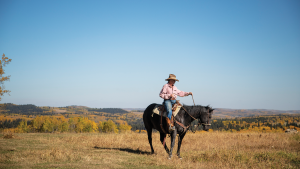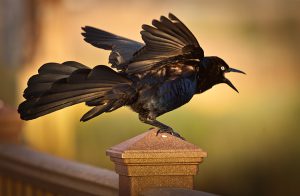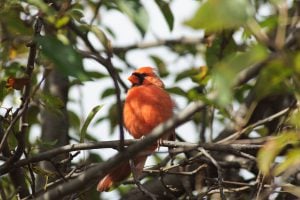I aim my camera at the metal flying machine before I notice a sign warning photographers not to use lenses longer than 300mm. I put my gear away and use my phone to take a short video. A fellow standing nearby wanders over to ask if I’ve ever seen Exercise Maple Flag. At my puzzled expression, he explains how the sky was full of planes when Canada’s allies brought aircraft and crews for several weeks to practice war manoeuvres.
It seems the boreal landscape, which is good habitat for songbirds, is also popular with human aviators. The vast forests with numerous lakes resemble European topography and make it a good backdrop for military training although I later learn Exercise Maple Flag hasn’t been held since 2019.
Continuing my skyward observations, I add a side trip to St. Paul, a town of approximately 6,000 people about 120 kilometres southwest, and Canada’s first UFO Landing Pad. The attraction isn’t as strange as it sounds.








